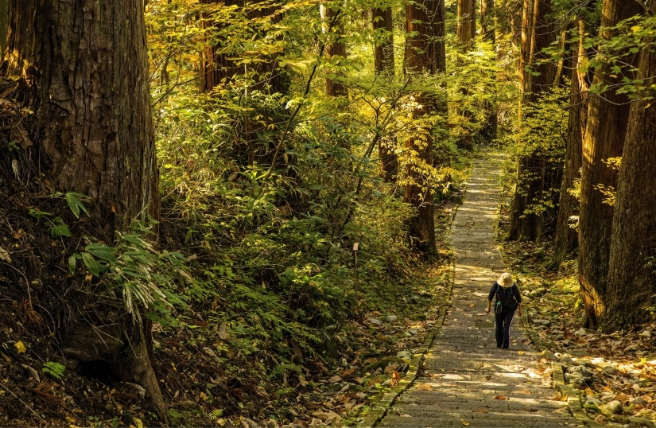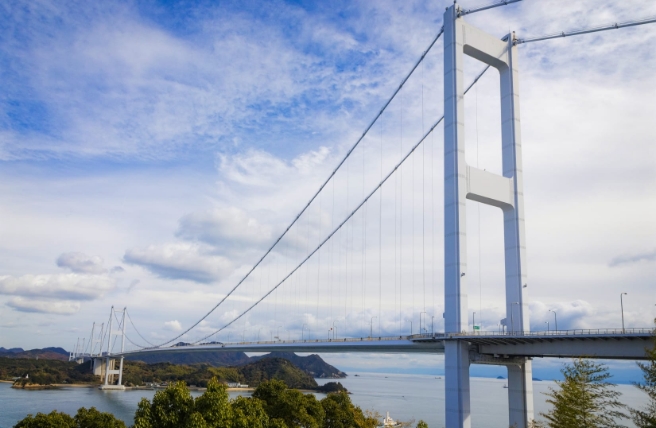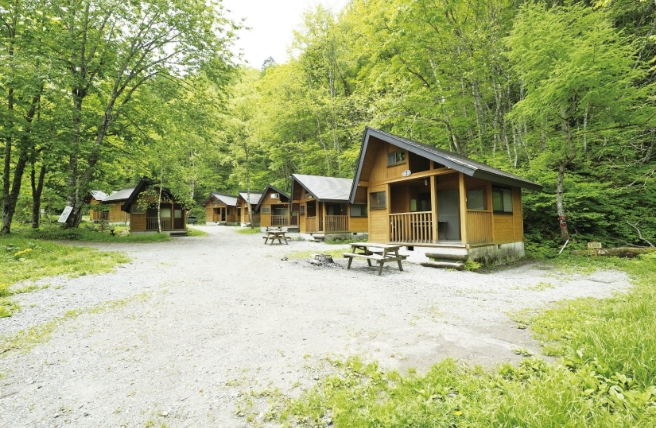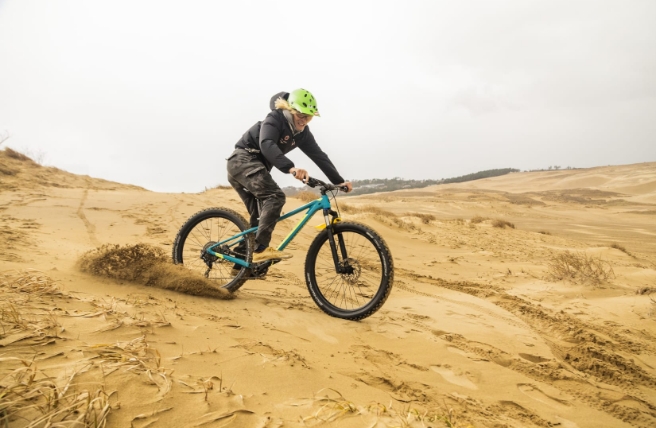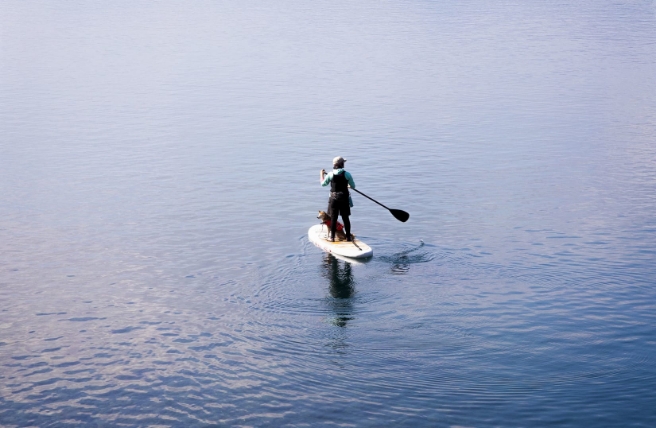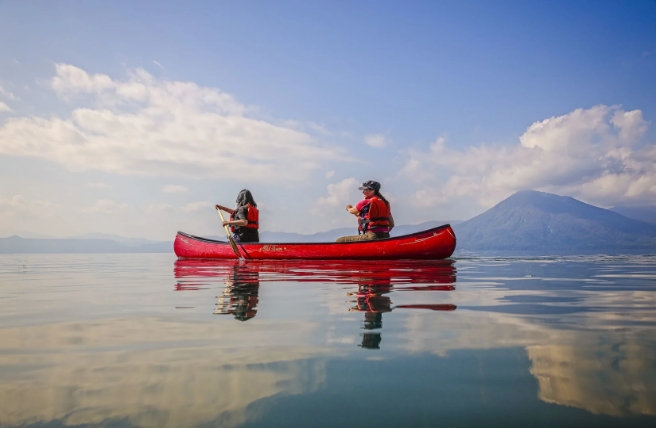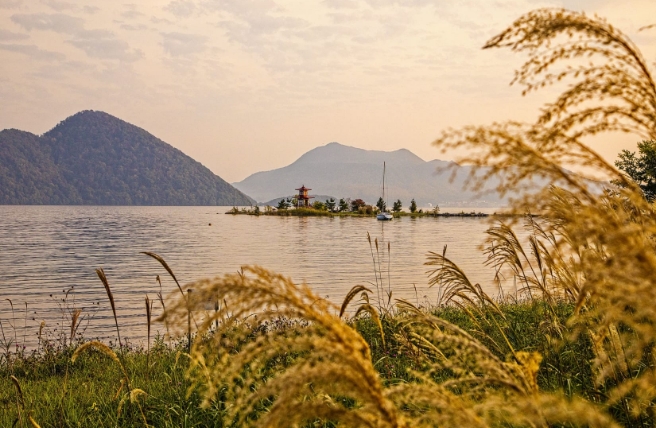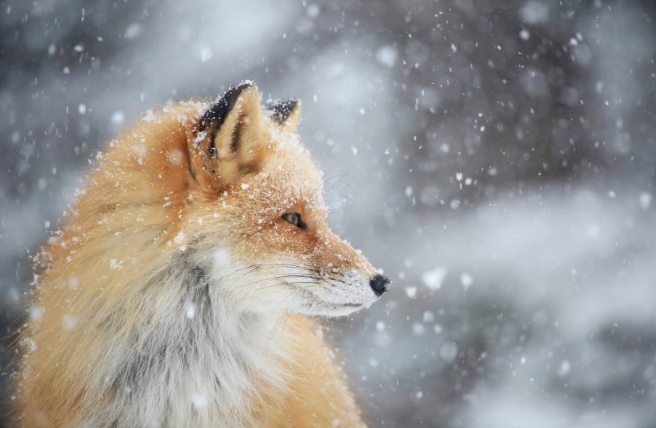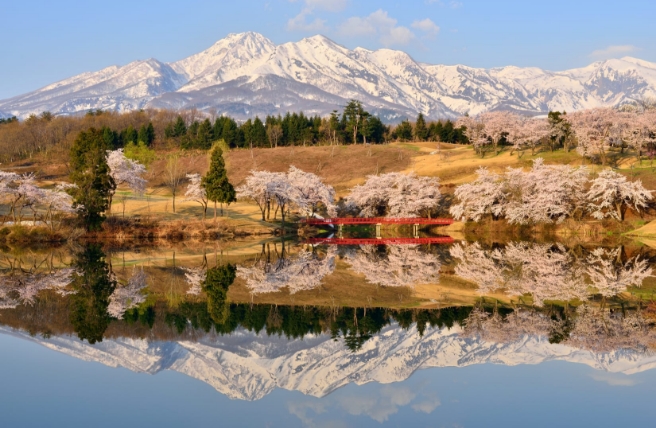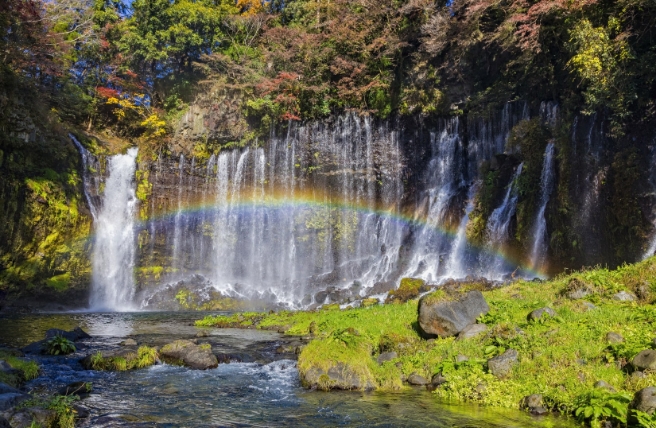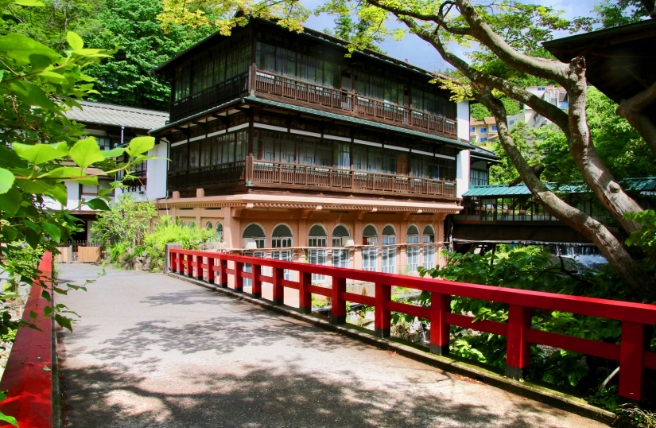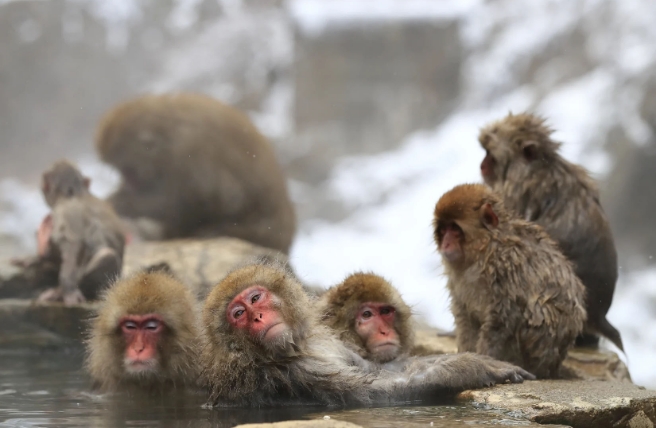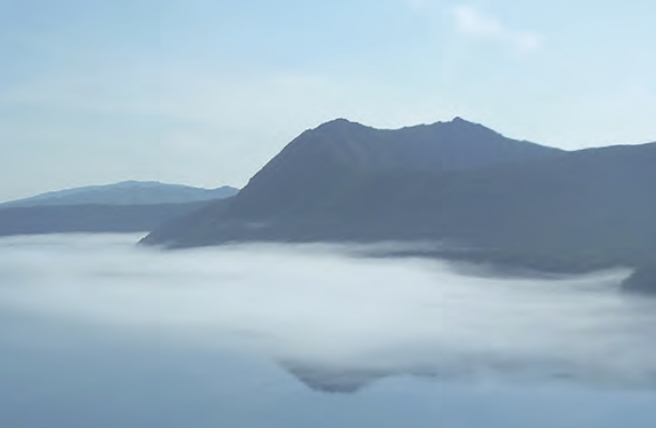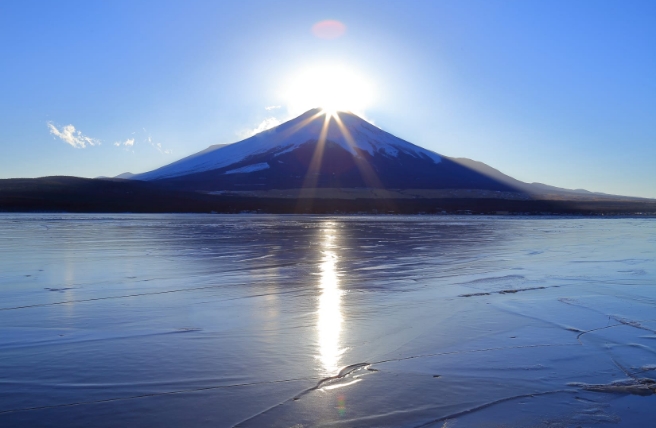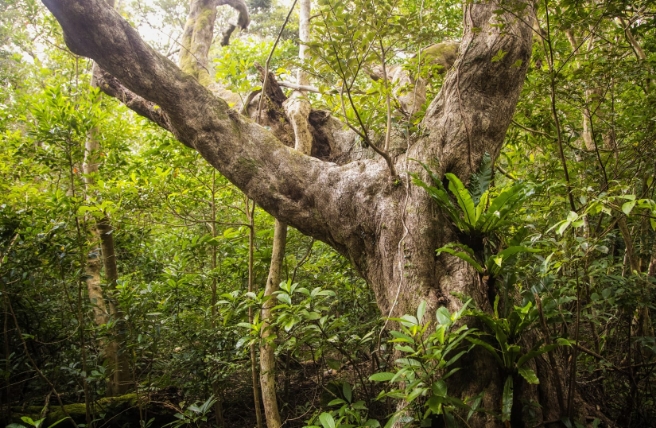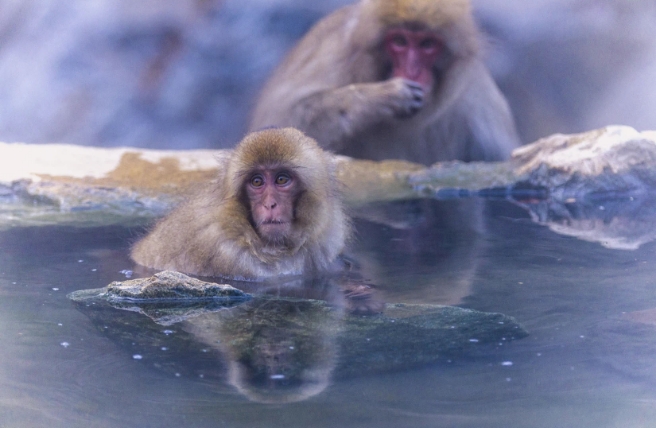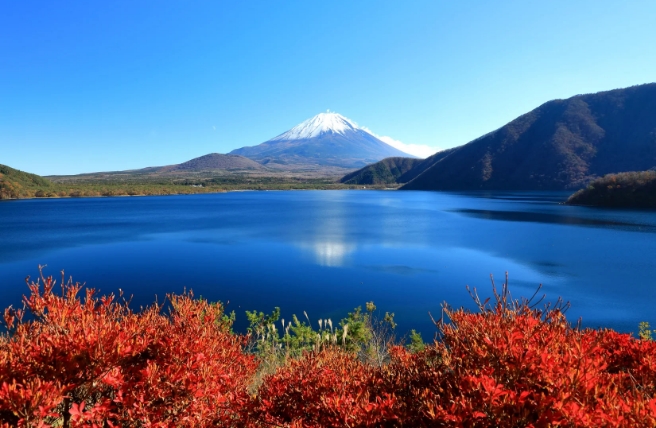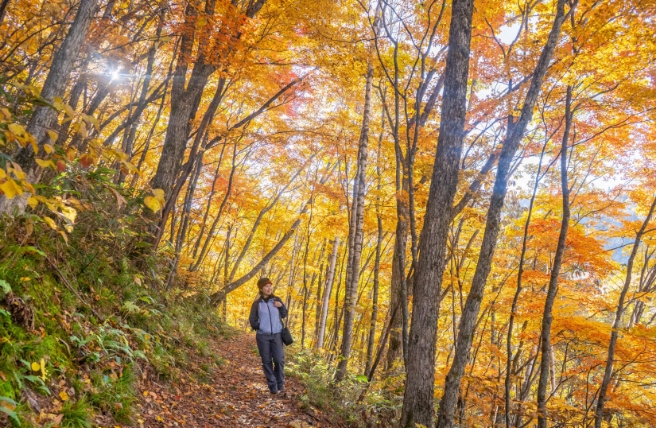Park Ranger Yukio Hirono hopes to preserve the untouched beauty of Daisetsuzan National Park for generations to come
| Ranger | Yukio Hirono |
| Park | Daisetsuzan National Park |
| Recommended Spot | Mount Ishikari |
* This article was written based on an interview conducted with the park ranger in January, 2022.
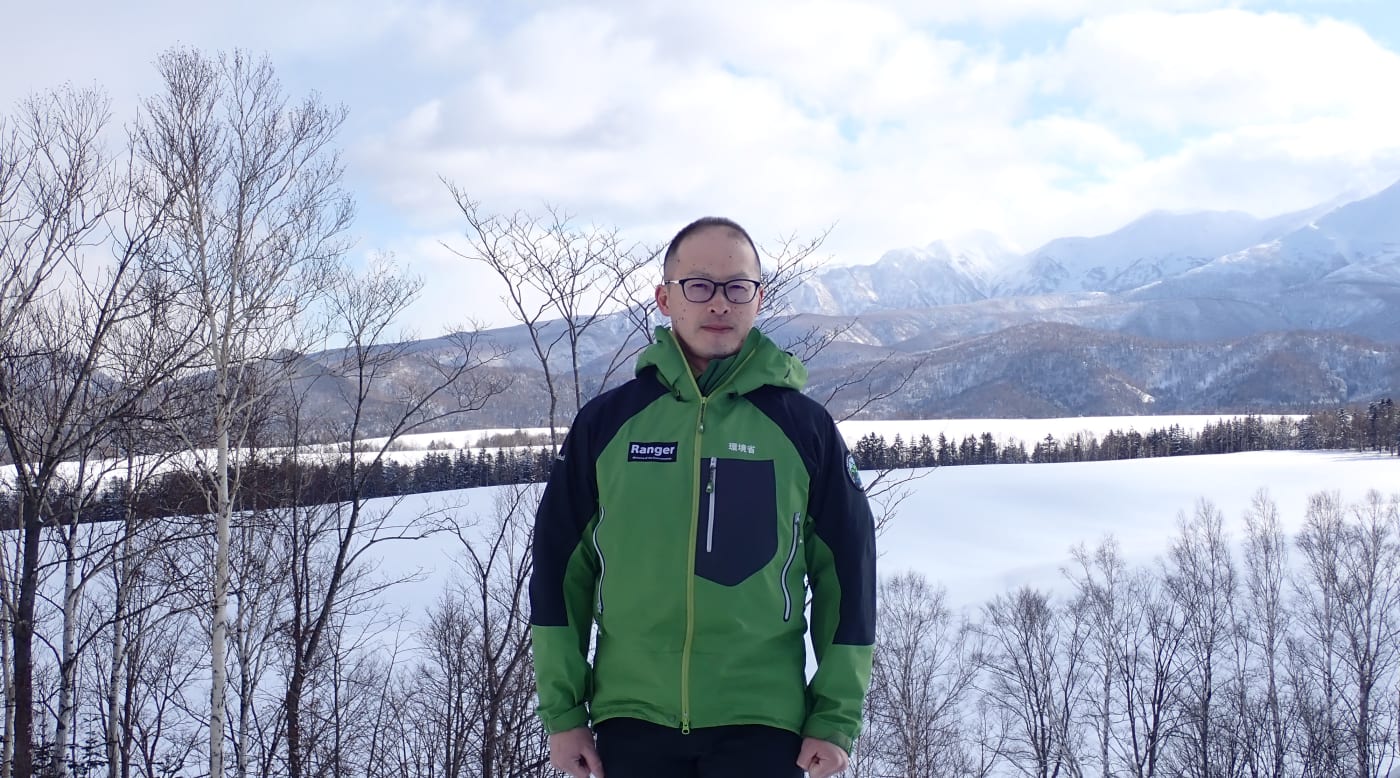
Yukio Hirono is a relative newcomer to Daisetsuzan National Park, transferring to their ranger service in April 2021. But he has worked for the Ministry of Environment since 2000, spending time in Unzen-Amakusa National Park, Akan-Mashu National Park, and Chubusangaku National Park. When asked what motivated him to pursue his career, he looks back to his childhood.
“I was born in Hokkaido, but I lived all over Japan, in different places around Honshu (Japan’s main island), and even Okinawa. No matter where I was, I was surrounded by nature. I loved visiting the mountains, or the sea. Seeing so many beautiful places, I knew I wanted to help protect them. So I studied forest ecology at university.”

A world apart
Daisetsuzan isn’t the name of a single peak, but a whole group of volcanic mountains after which the park is named. The park itself is in central Hokkaido, but these vast peaks can make it seem like the area is a world apart.
“I love how quiet the park is. One of my favorite places to go is Mount Ishikari. It’s deep in the mountains, with relatively few people, so it’s very peaceful. You can really connect with nature, and experience the majesty of Hokkaido.”
Since he is quite new to Daisetsuzan, his role as park ranger has given him the opportunity to explore the area. “One great thing about being a park ranger is getting out in the field, and discovering the value of the park for yourself.” It has also helped him identify different challenges the park faces. With many trekking trails throughout the park’s towering peaks, one of the primary things Hirono is involved in is trail maintenance. Erosion from rain and snowmelt can lead to the degradation of trails and loss of important plant life, which can have a ripple effect on the park’s ecosystems.
“One issue with the high-altitude mountains found in the park is the erosion and degradation of the hiking trails. In a way, the trails are causing the problem. Our maintenance goal isn’t to just make an easily traversable trail; we want to preserve the beauty and integrity of the mountains, which is our main consideration.”

A community together
Residents and visitors to the park are also essential to Daisetsuzan’s preservation. “Our budget is quite limited in some ways, so we’ve started to collect donations from hikers and trekkers, and use those funds for maintenance. Mountain huts around the park are the bases we use to collect them.”
Although Hirono hasn’t been with the park very long, he says that he feels like there has been an increase in the support from the community, especially in terms of donations and involvement in volunteer activities. He suggests that one factor might be the increase in awareness and efforts regarding Sustainable Development Goals (SDGs), in both the public and private sectors.
The preservation of Japan’s precious environments is one of the most important things about the job, according to Hirono, and he finds it especially moving when the community takes that to heart. He recalls an example from a park he worked at previously. “After a particularly bad typhoon, local residents and the government joined in efforts to restore mountain trails in the park. Seeing everyone work together toward the same goal is really incredible.”
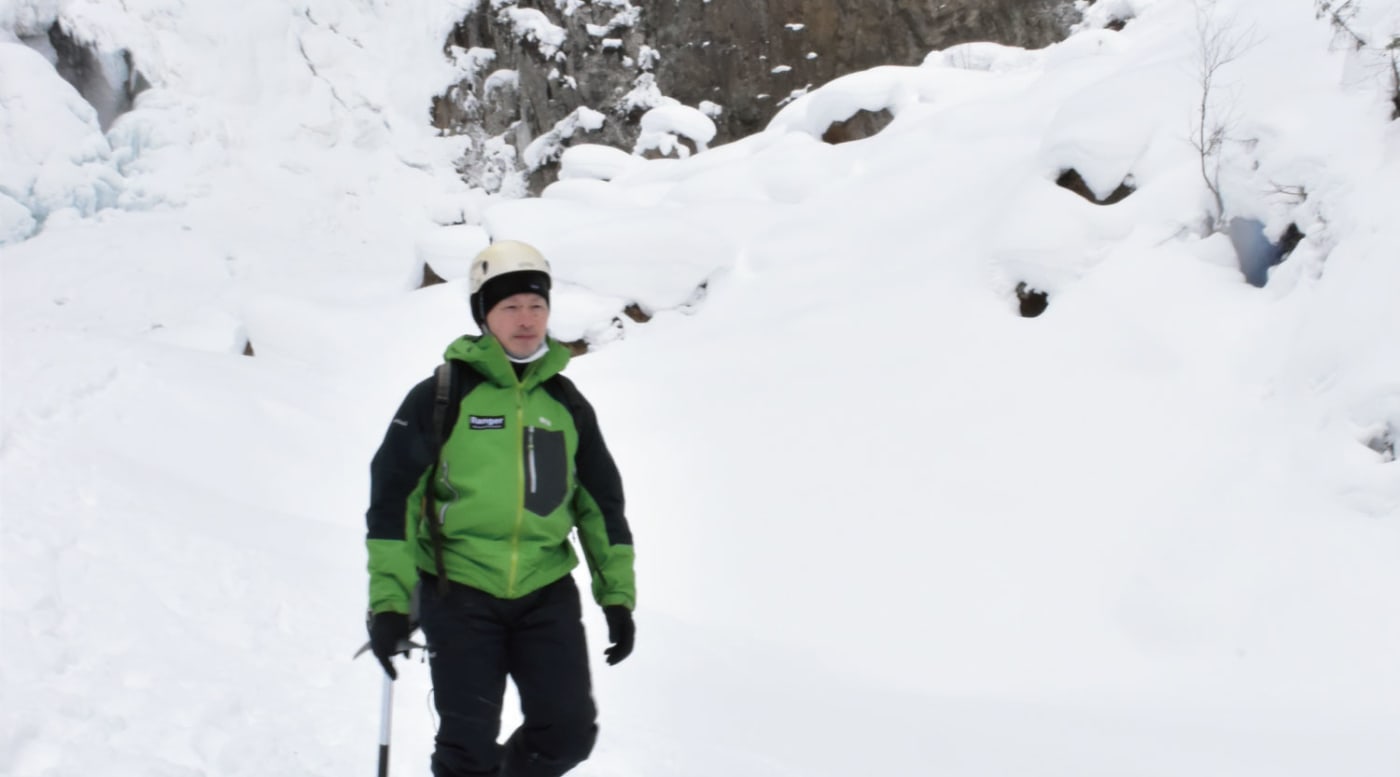
Respect for nature
When asked the best time to visit, Hirono suggests June through September. “The snow starts to melt in April, and slowly alpine plant life and wildflowers bloom, continuing until autumn. The scenery is spectacular.”
While the landscapes of Daisetsuzan National Park are undoubtedly beautiful, Hirono says that they also demand respect.
“There are many unique charms of our national parks, but nature also has a harsh side. In Daisetsuzan, summer is the peak climbing season, but it’s also quite short. Most of the snow melts completely in August but is back by September. Many people don’t realize how quickly it gets cold again, and how essential it is to prepare for cold weather conditions. There are also brown bears, so visitors should take proper precautions in the event they encounter them.”
Winter is also a good time to visit. Parts of the park are inaccessible due to weather conditions, but the heavy snowfall provides other seasonal opportunities. “In winter, you can snowshoe through the area, or ski at the foot of mountains. The visitor centers are open so you can still learn about the environment, and of course, because of the volcanic activity, there are many natural hot springs where you can enjoy a relaxing bath.”
“Our national parks are full of things that can only be found there. Just don’t forget that when it comes to making the most of nature, proper preparation is key. It’s important to treat nature with respect so that you can have a safe and enjoyable time exploring the parks at your own pace.”
